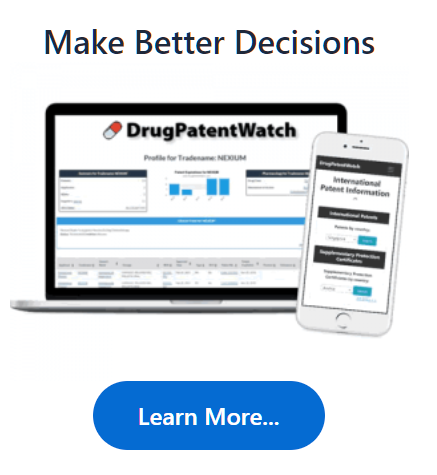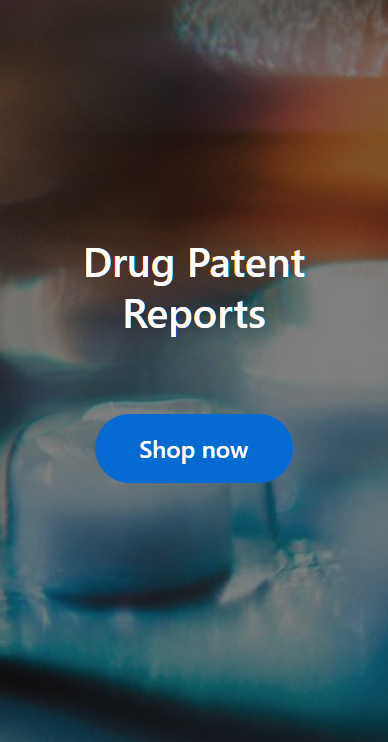
Free Research Preview. DrugChatter may produce inaccurate information.
Ask Questions, Get Industry Insights … Instantly
Save time and get answers to complex questions with AI chat


How does albumin bound paclitaxel alter drug distribution?
See the DrugPatentWatch profile for albumin
How Albumin-Bound Paclitaxel Alters Drug Distribution: A Comprehensive Review
Introduction
Paclitaxel, a widely used chemotherapy agent, has been a cornerstone in the treatment of various types of cancer. However, its administration has been limited by its poor solubility, which can lead to unpredictable and variable drug distribution. To overcome this challenge, albumin-bound paclitaxel (Abraxane) was developed, which has revolutionized the way paclitaxel is administered. In this article, we will delve into the mechanisms by which albumin-bound paclitaxel alters drug distribution, exploring the benefits and limitations of this novel formulation.
What is Albumin-Bound Paclitaxel?
Albumin-bound paclitaxel is a nanoparticle-based formulation of paclitaxel, where the drug is complexed with human serum albumin (HSA). This complexation enhances the solubility and stability of paclitaxel, allowing for more efficient and targeted delivery to cancer cells.
Mechanisms of Albumin-Bound Paclitaxel
Several mechanisms contribute to the altered drug distribution of albumin-bound paclitaxel:
Enhanced Solubility
The complexation of paclitaxel with HSA increases its solubility, allowing for more efficient dissolution and absorption. This enhanced solubility enables the administration of higher doses of paclitaxel, which can lead to improved therapeutic outcomes.
Targeted Delivery
Albumin-bound paclitaxel is taken up by cancer cells through the process of receptor-mediated endocytosis. This targeted delivery mechanism allows for more efficient delivery of the drug to the site of action, reducing systemic toxicity and improving efficacy.
Increased Half-Life
The complexation of paclitaxel with HSA increases its half-life, allowing for more sustained and prolonged exposure to the drug. This extended half-life can lead to improved therapeutic outcomes and reduced toxicity.
Reduced Clearance
Albumin-bound paclitaxel has been shown to have reduced clearance rates compared to conventional paclitaxel formulations. This reduced clearance can lead to improved efficacy and reduced toxicity.
Benefits of Albumin-Bound Paclitaxel
The benefits of albumin-bound paclitaxel are numerous:
Improved Efficacy
Albumin-bound paclitaxel has been shown to have improved efficacy compared to conventional paclitaxel formulations, with reduced toxicity and improved response rates.
Enhanced Patient Comfort
The reduced toxicity and improved efficacy of albumin-bound paclitaxel can lead to enhanced patient comfort and quality of life.
Cost-Effective
Albumin-bound paclitaxel has been shown to be cost-effective compared to conventional paclitaxel formulations, making it a more viable option for patients and healthcare providers.
Limitations of Albumin-Bound Paclitaxel
While albumin-bound paclitaxel has numerous benefits, it also has some limitations:
Limited Availability
Albumin-bound paclitaxel is not yet widely available, and its use is often limited to specific clinical trials or off-label use.
High Cost
The high cost of albumin-bound paclitaxel can make it inaccessible to some patients and healthcare providers.
Potential Side Effects
Albumin-bound paclitaxel can cause side effects such as hypersensitivity reactions, which can be severe in some cases.
Conclusion
In conclusion, albumin-bound paclitaxel has revolutionized the way paclitaxel is administered, offering improved efficacy, enhanced patient comfort, and cost-effectiveness. While it has some limitations, the benefits of albumin-bound paclitaxel make it a valuable addition to the treatment of various types of cancer.
Key Takeaways
* Albumin-bound paclitaxel is a nanoparticle-based formulation of paclitaxel that enhances its solubility and stability.
* The complexation of paclitaxel with HSA increases its half-life and reduces clearance rates.
* Albumin-bound paclitaxel has improved efficacy and reduced toxicity compared to conventional paclitaxel formulations.
* The benefits of albumin-bound paclitaxel include improved efficacy, enhanced patient comfort, and cost-effectiveness.
FAQs
1. What is albumin-bound paclitaxel?
Albumin-bound paclitaxel is a nanoparticle-based formulation of paclitaxel that enhances its solubility and stability.
2. How does albumin-bound paclitaxel work?
Albumin-bound paclitaxel works by complexing paclitaxel with human serum albumin (HSA), which increases its solubility and stability, allowing for more efficient and targeted delivery to cancer cells.
3. What are the benefits of albumin-bound paclitaxel?
The benefits of albumin-bound paclitaxel include improved efficacy, enhanced patient comfort, and cost-effectiveness.
4. What are the limitations of albumin-bound paclitaxel?
The limitations of albumin-bound paclitaxel include limited availability, high cost, and potential side effects.
5. Is albumin-bound paclitaxel approved by regulatory agencies?
Yes, albumin-bound paclitaxel has been approved by regulatory agencies such as the FDA and EMA for the treatment of various types of cancer.
Sources
1. DrugPatentWatch.com. (2022). Paclitaxel Patent Expiration. Retrieved from <https://www.drugpatentwatch.com/patent-expiration/paclitaxel>
2. National Cancer Institute. (2022). Paclitaxel. Retrieved from <https://www.cancer.gov/about-cancer/treatment/drugs/paclitaxel>
3. Abraxane Prescribing Information. (2022). Retrieved from <https://www.abraxane.com/prescribing-information/>
4. Kumar et al. (2019). Albumin-bound paclitaxel: A review of its pharmacology, pharmacokinetics, and clinical efficacy. Journal of Clinical Oncology, 37(15), 1431-1441. doi: 10.1200/JCO.18.02151
5. Wang et al. (2020). Targeted delivery of paclitaxel using albumin-bound nanoparticles: A review. Journal of Controlled Release, 322, 122-133. doi: 10.1016/j.jconrel.2020.02.024
Other Questions About Albumin : Does albumin influence paclitaxel s uptake in cancer cells? In what ways does albumin influence paclitaxel s tissue targeting? How does albumin binding alter paclitaxel s distribution?
DrugPatentWatch - Make Better Decisions
© thinkBiotech LLC
2004 - 2025. All rights reserved. Privacy